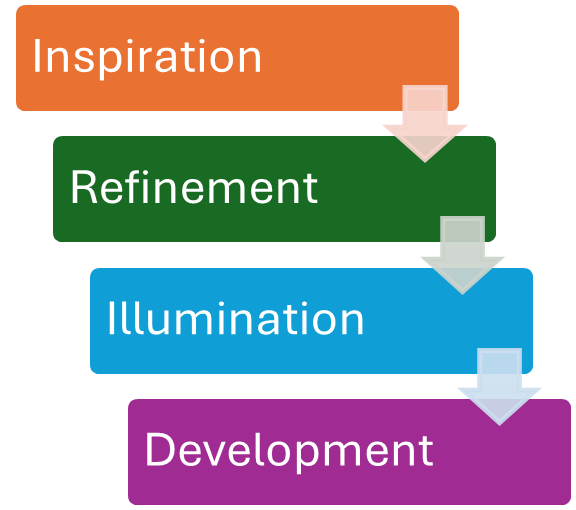Benchmarking: A “Better Way” Probably Already Exists
More Innovation - Yes Please! In my last post, I talked about the resurgence of interest in innovation. The Covid19 Pandemic, as well as some other factors, contributed to this interest as individuals and organizations who had never worked together before pooled their knowledge and skills to respond to some urgent needs. This “next level” collaboration led to many new and innovative ways of doing things, and those involved are hoping to find ways to keep that collaboration, and the innovative solutions that came from it, going.
Learning from Others One important aspect of this collaboration was the willingness to learn from others. Everyone brought different perspectives, knowledge, and experience to the table. Learning what others did, or would do, was inevitable. Interestingly, there is an improvement methodology built around learning from others, one that often leads to real significant breakthroughs. Benchmarking (the process of identifying and adapting best practices) has been around since the early 1980s, but I maintain that it is the most underutilized improvement method. So, if learning from others is becoming comfortable, even attractive, for those seeking innovative solutions, perhaps Benchmarking may experience a similar rise in popularity.
Again, it’s About the Process In Benchmarking, a team working to improve a process first learns all they can about that process. Then they seek out best practice approaches to the same process elsewhere in the same organization, in similar organizations, or even different processes (that share some common key elements) in completely different organizations. The group then prepares for a structured learning work session with one or more best practice organizations willing to share what they know and have learned. Finally, the group uses what they learn to make changes to, or significantly redesign, the process they set out to improve.
Time…and Work…Saved On the surface, Benchmarking seems simple. However, like most improvement methods, the best results come when it is applied in a disciplined, carefully planned and executed manner. And, it has a few characteristics that may seem counterintuitive to some. Still, when done well, the results are often at breakthrough levels. And, the time and work required almost always seem like very worthwhile investments compared to those results.
If you would like to learn more about benchmarking, I have a White Paper on the subject that I would be happy to send you. I would also be happy to talk with you about facilitating a Benchmarking effort with you and your team. Contact me at your convenience.
Jeff

 It’s about the Process One of the most important things I've found out is that a successful innovation involves much more than the initial spark of an idea. Moving from idea to a market ready change that will be readily adopted is a process with four distinct stages (see diagram at right). Each of these stages has to be consciously and actively managed, or the overall process will be less effective…producing fewer or no real innovations.
It’s about the Process One of the most important things I've found out is that a successful innovation involves much more than the initial spark of an idea. Moving from idea to a market ready change that will be readily adopted is a process with four distinct stages (see diagram at right). Each of these stages has to be consciously and actively managed, or the overall process will be less effective…producing fewer or no real innovations.